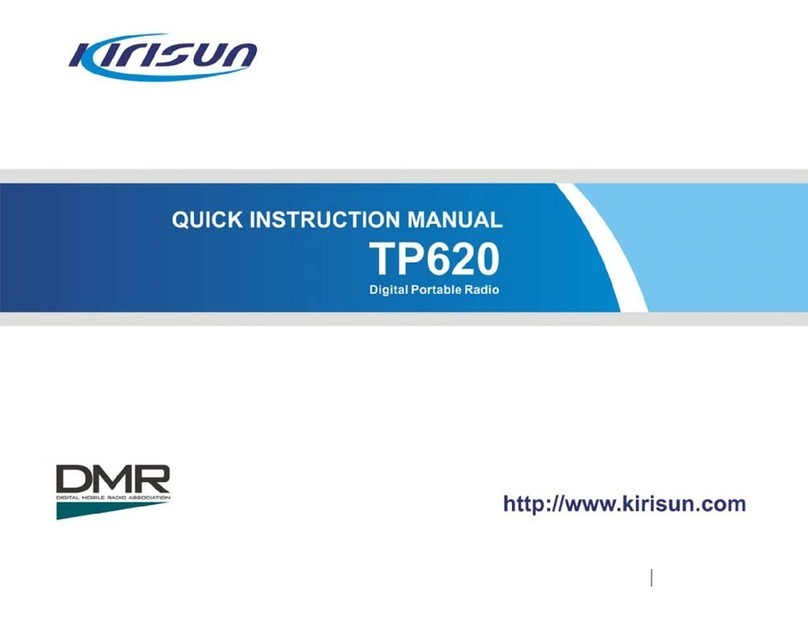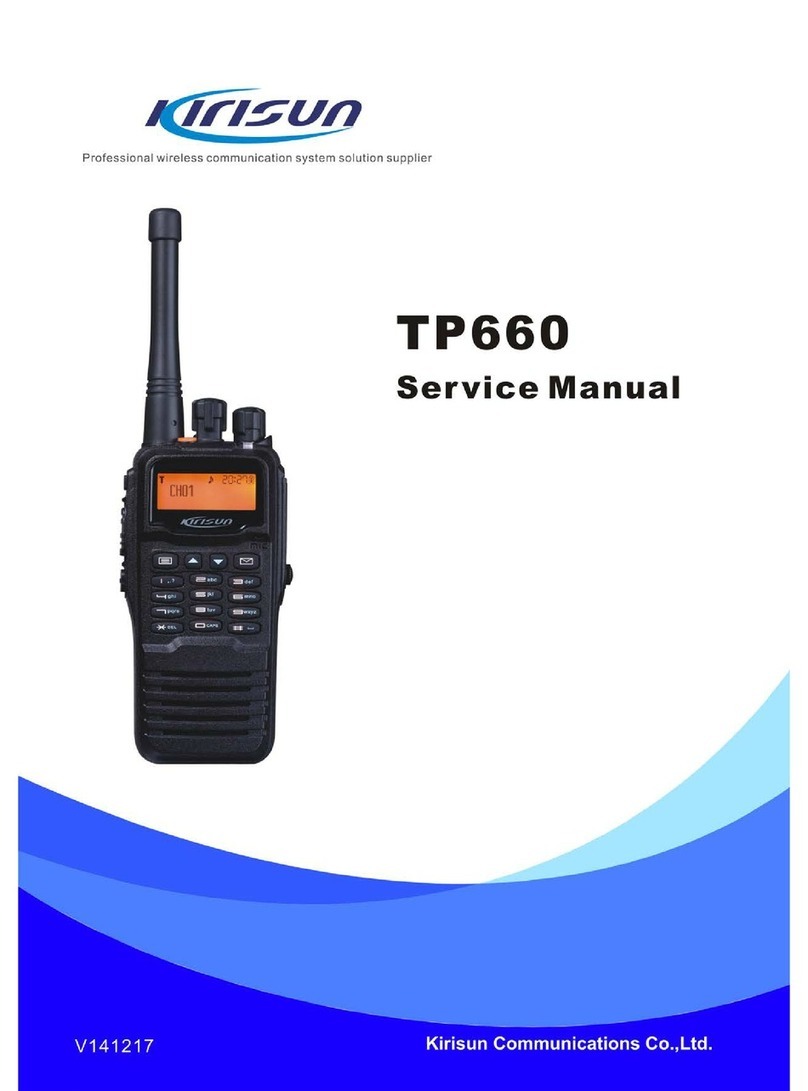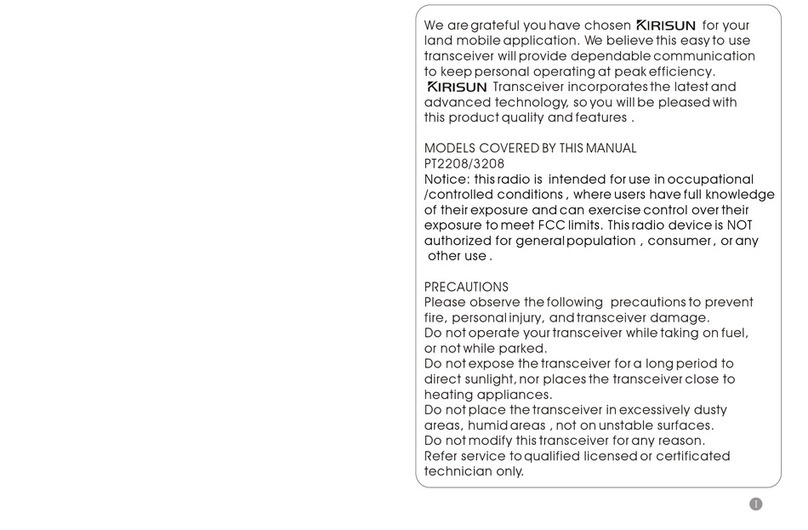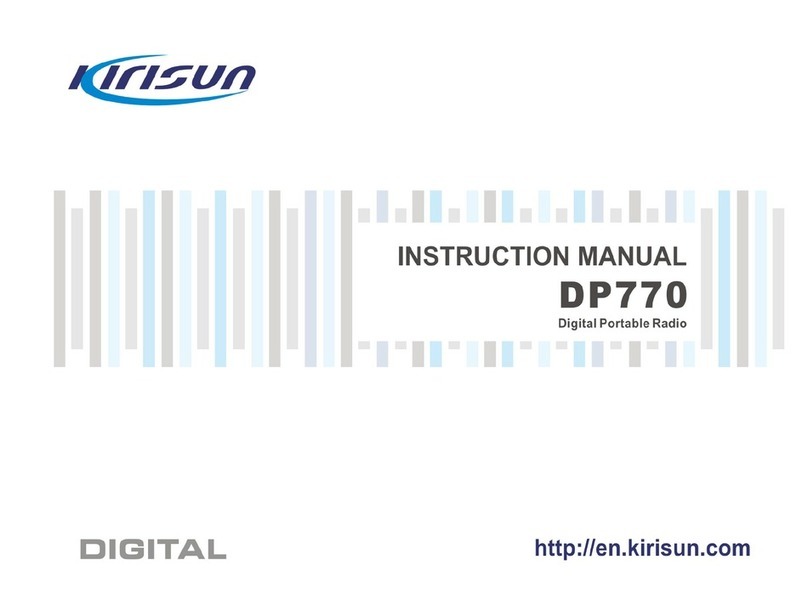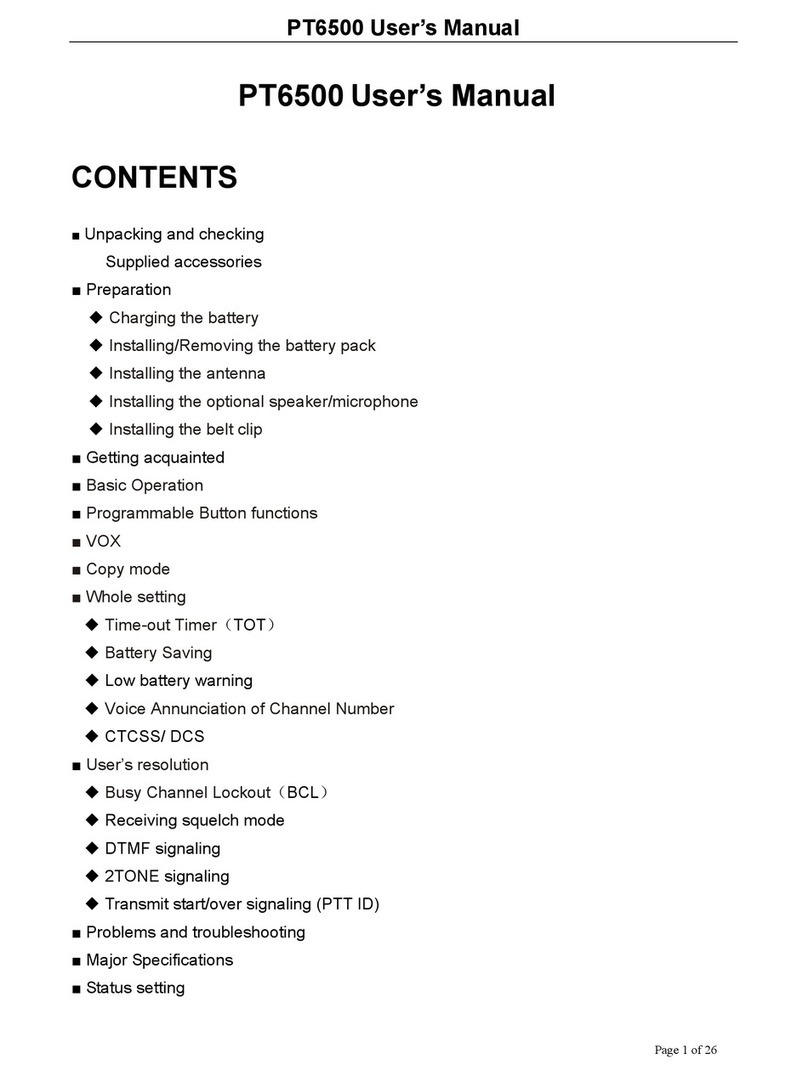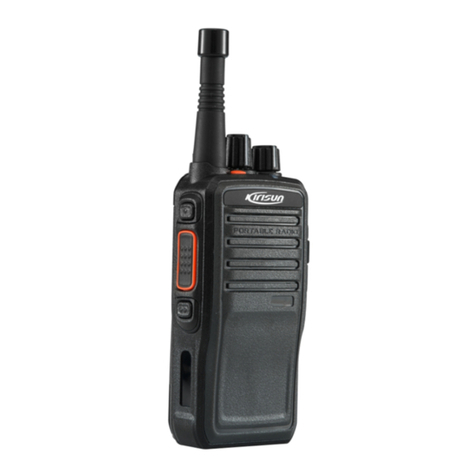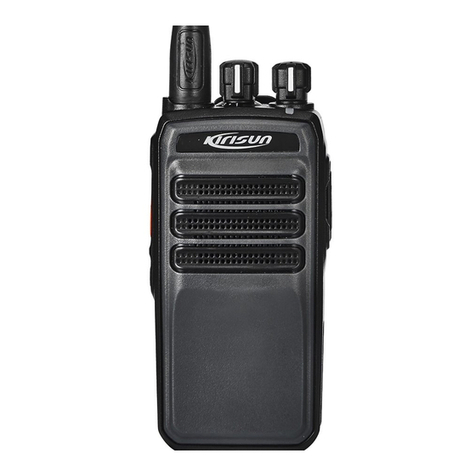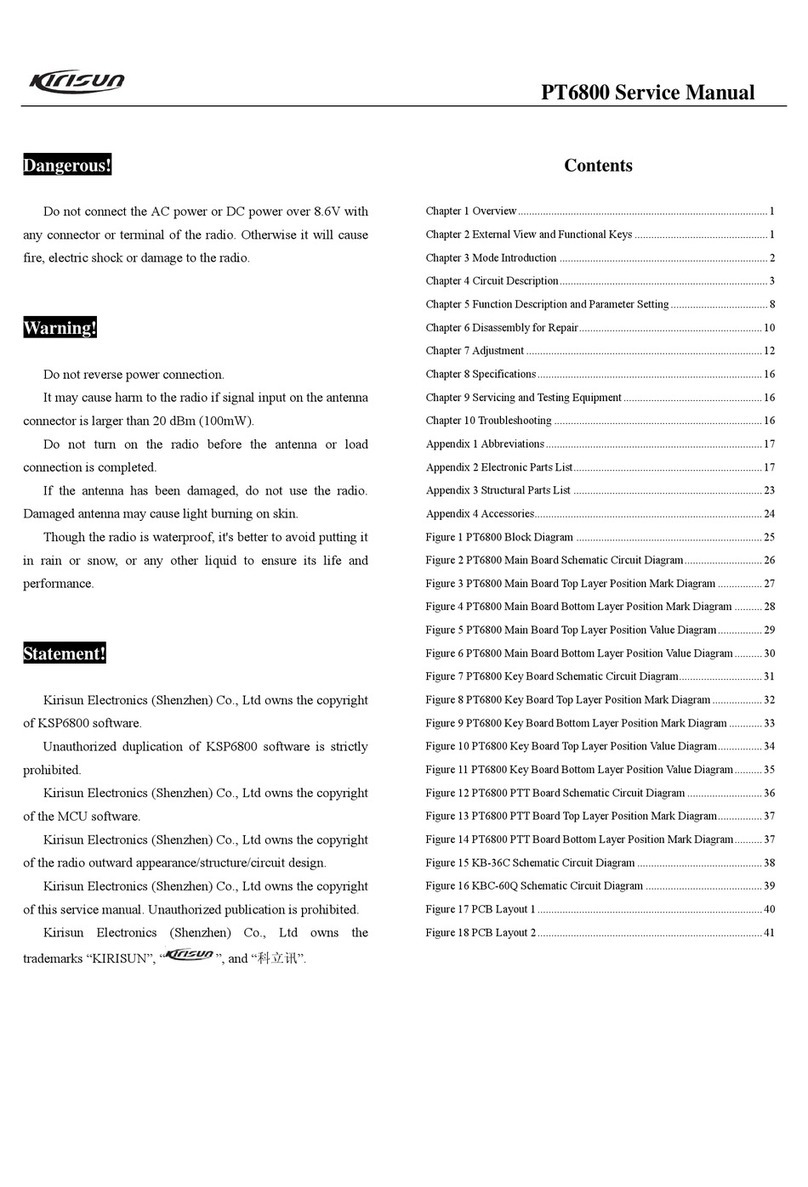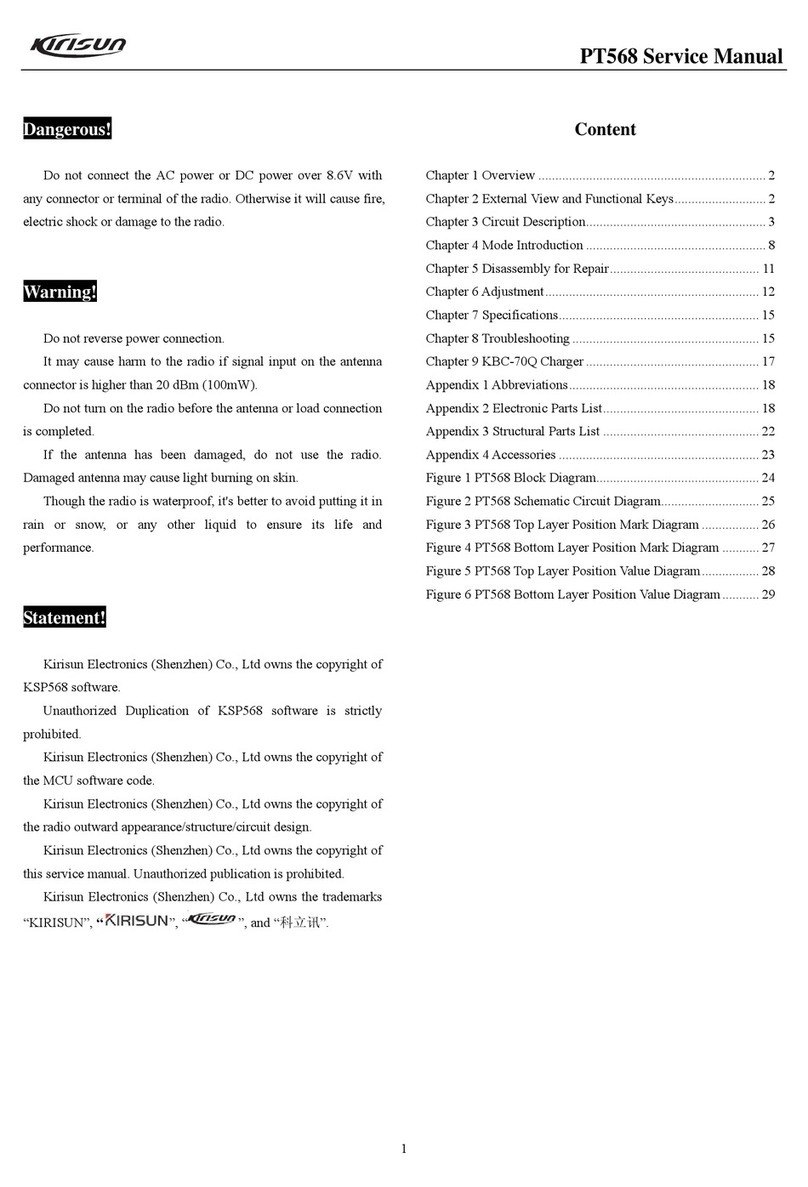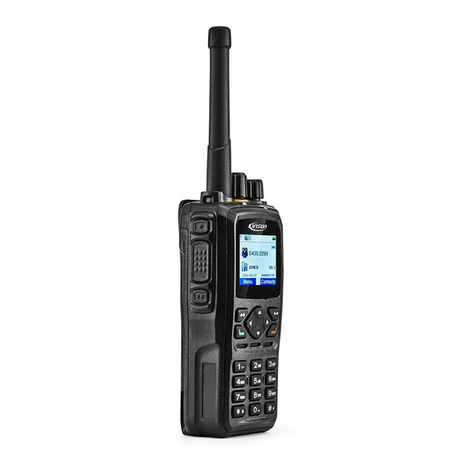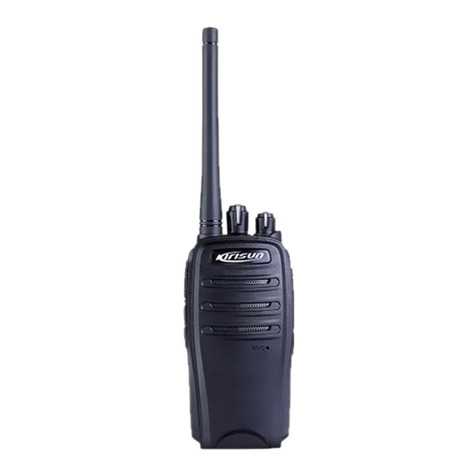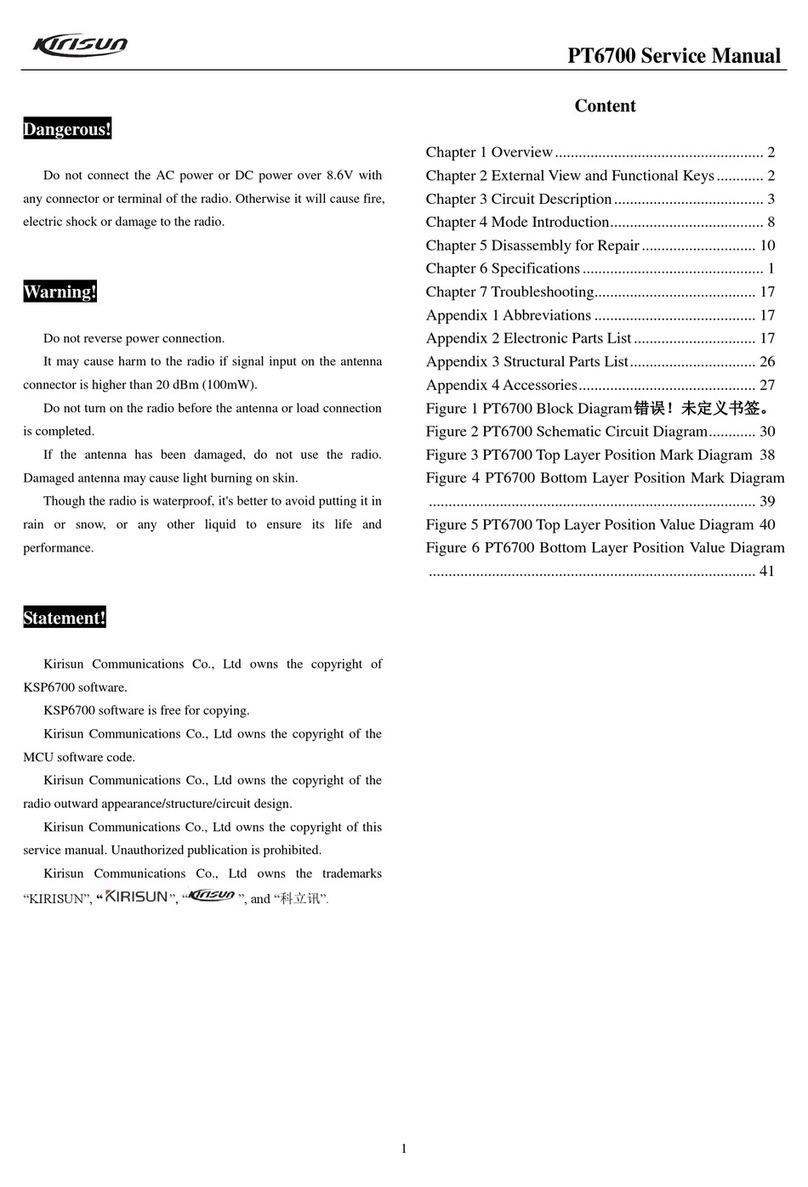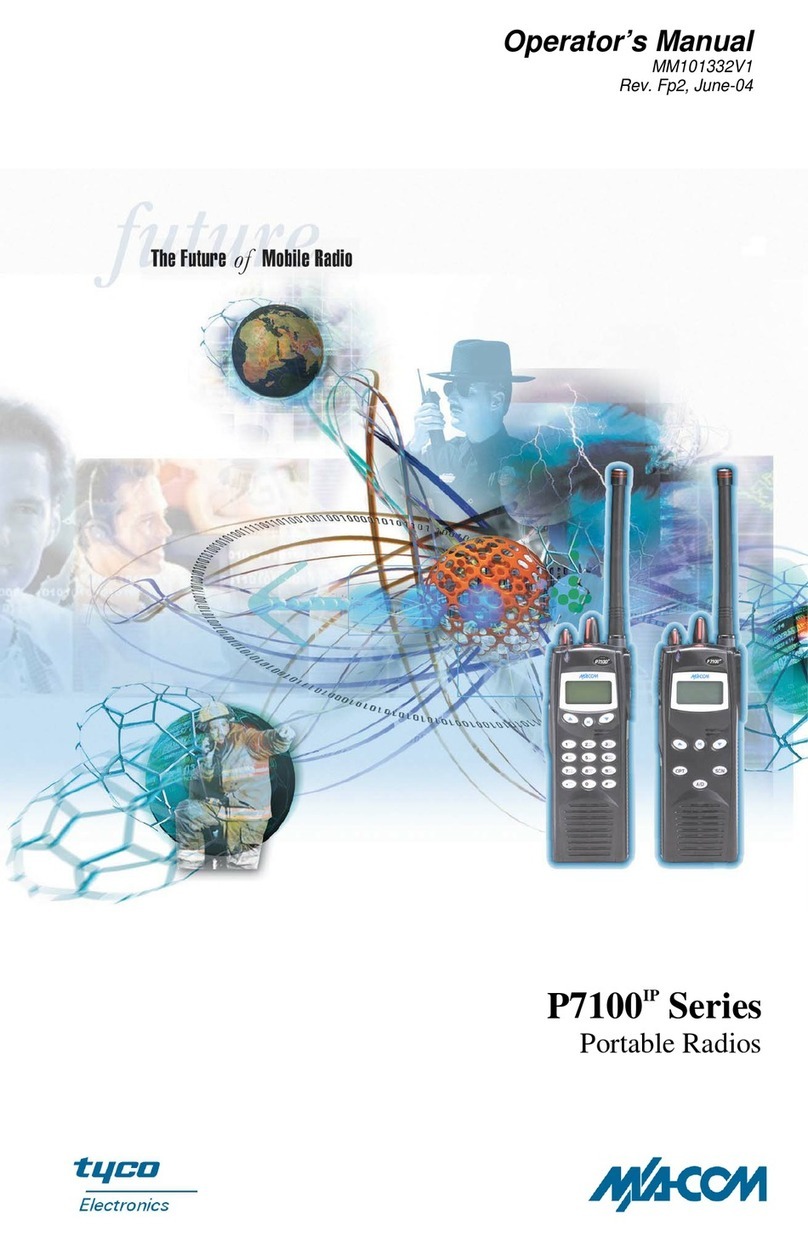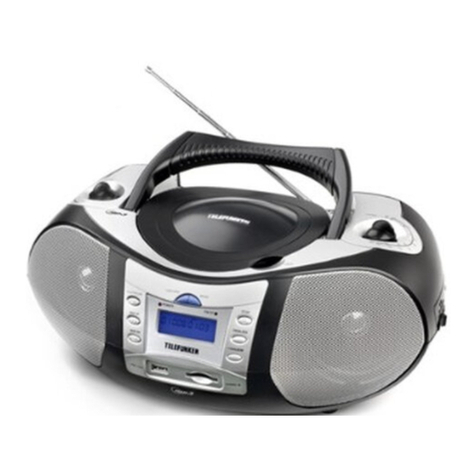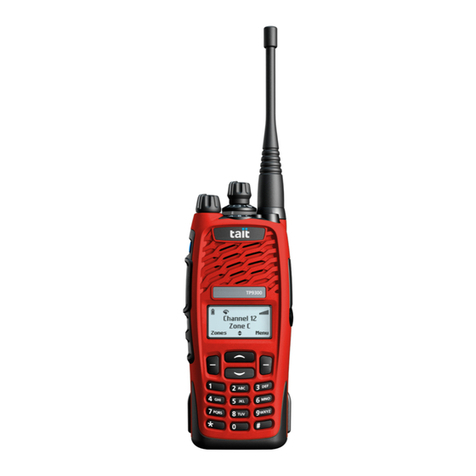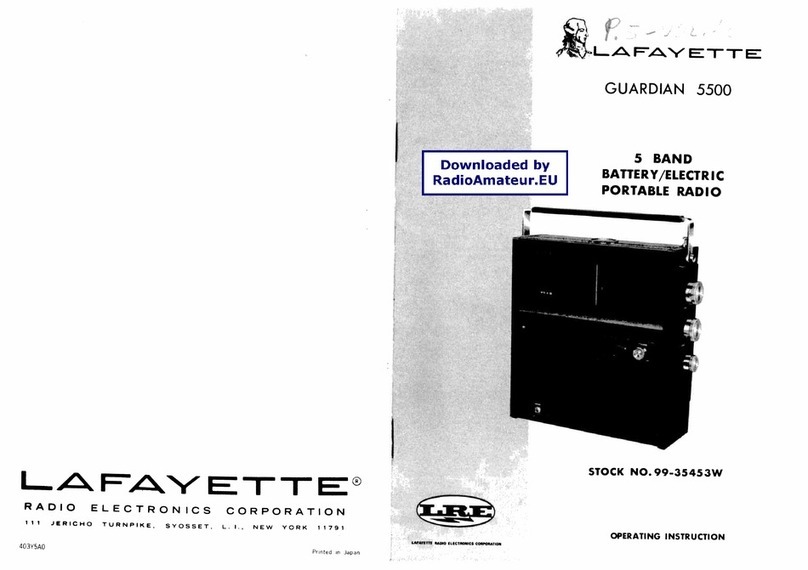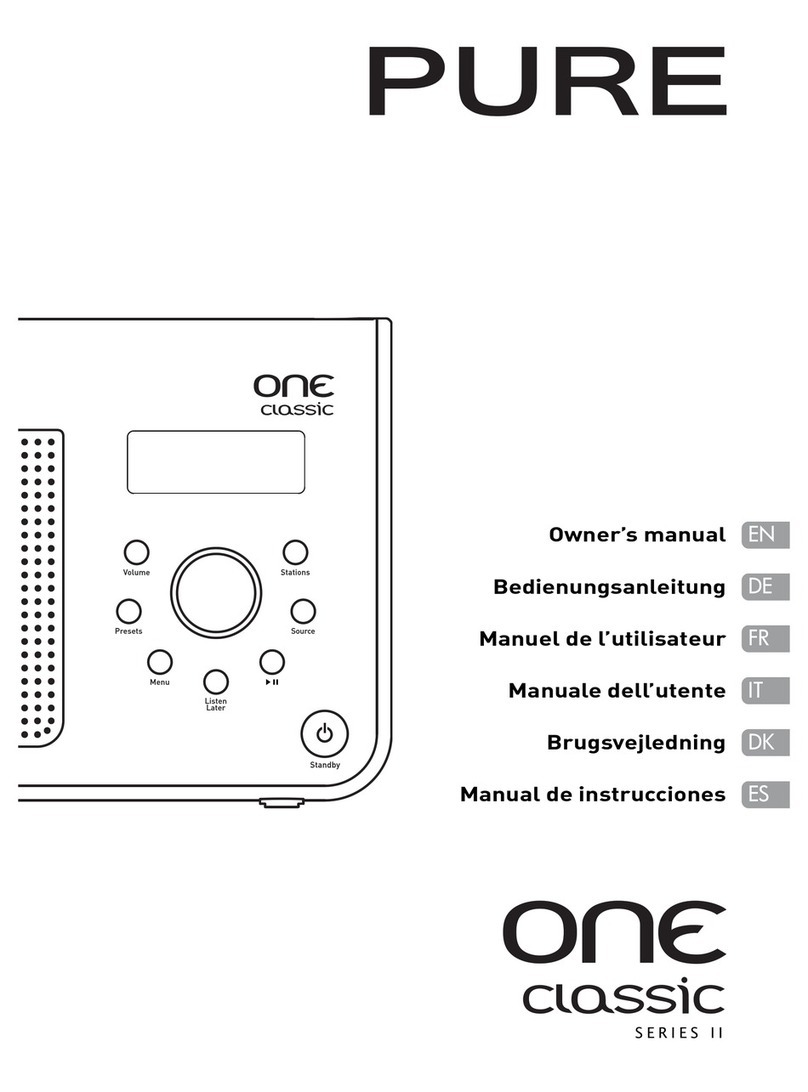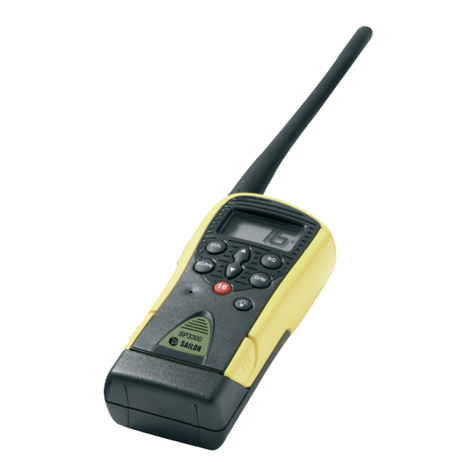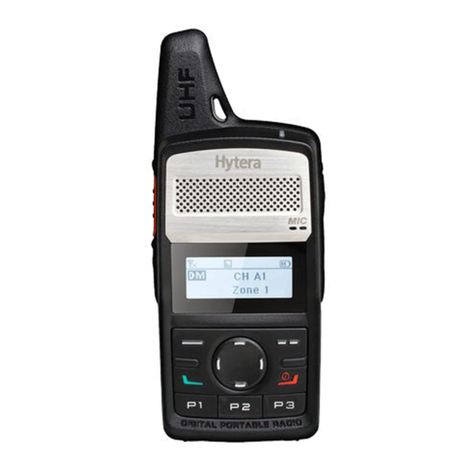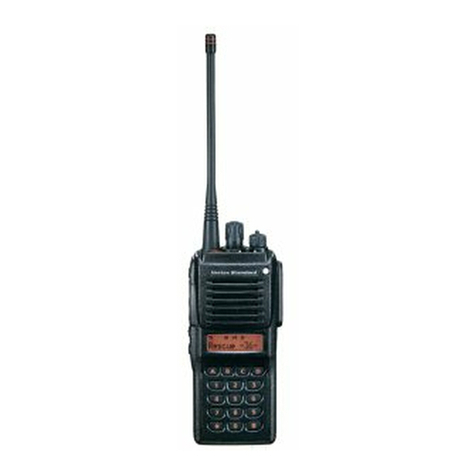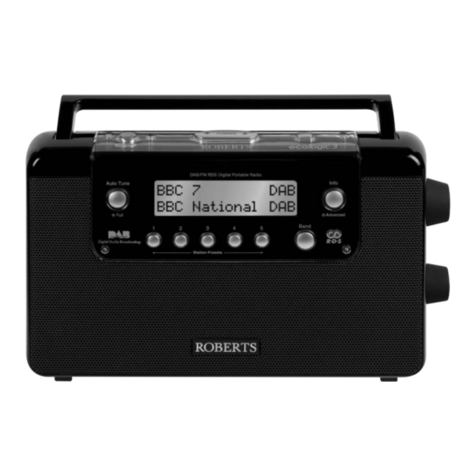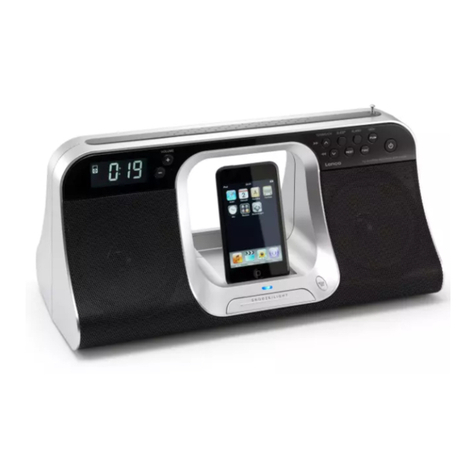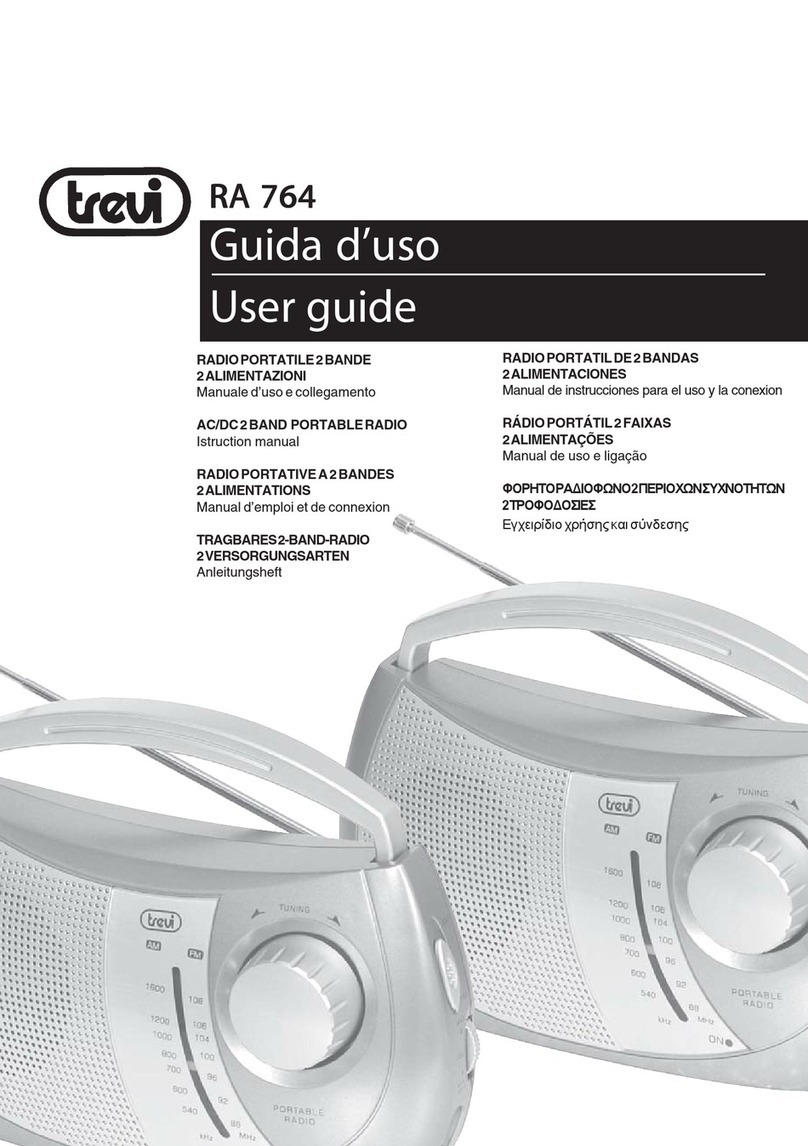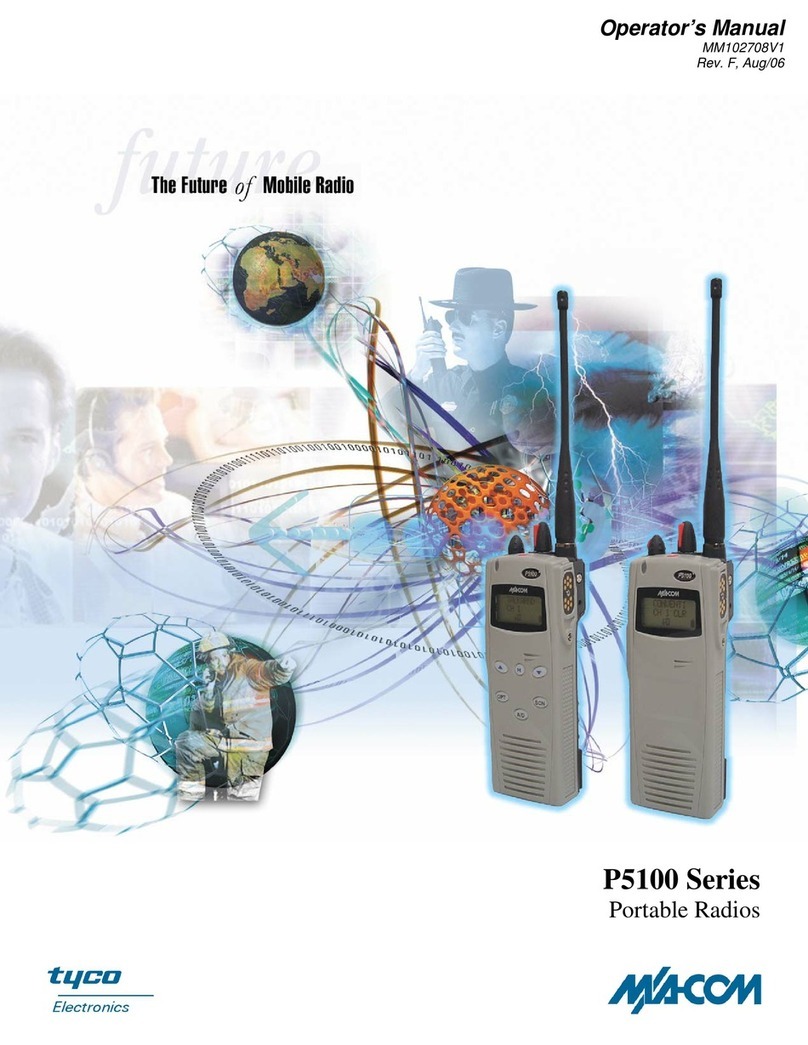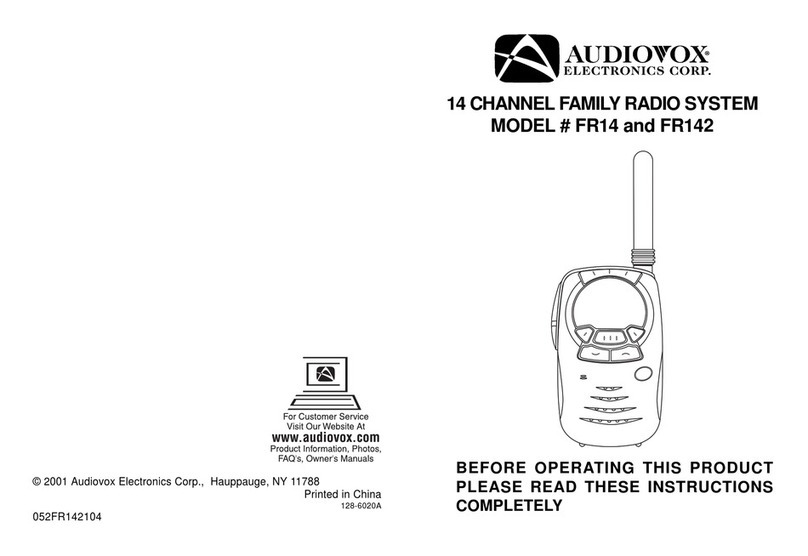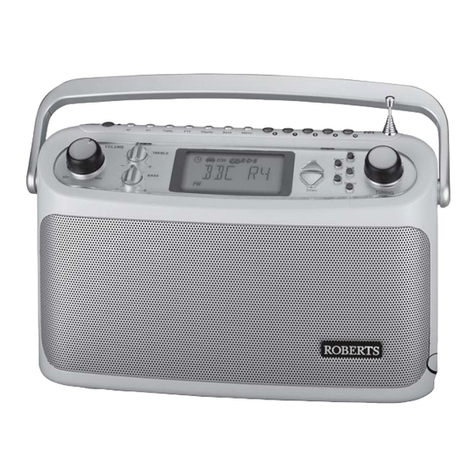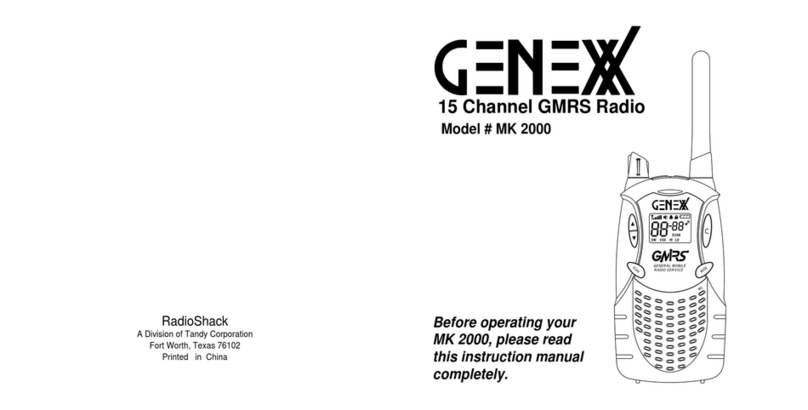FP560 Service Manual
Contents
1. Overview...................................................................................................................................................1
1.1. Scope...............................................................................................................................................................1
1.2. Safety Precaution.............................................................................................................................................1
2. External View and Functional Keys ......................................................................................................2
2.1. External View and Functional Keys .................................................................................................................2
2.2. Programmable Button......................................................................................................................................3
2.3. LED Indicator ...................................................................................................................................................4
3. Circuit Description..................................................................................................................................4
3.1. Overview..........................................................................................................................................................4
3.2. Frequency Composition...................................................................................................................................4
3.3. Principle of Receiver (RX)................................................................................................................................5
3.4. Principle of Transmitter (TX)............................................................................................................................6
3.5. Principle of Frequency Synthesizer .................................................................................................................7
3.6. Audio Processing Circuit..................................................................................................................................8
3.7. Power Supply...................................................................................................................................................9
3.8. MCU Unit..........................................................................................................................................................9
3.9. Semiconductor Device Description................................................................................................................11
4. Function Description and Parameter Settings...................................................................................15
4.1. Time-out Timer...............................................................................................................................................15
4.2. Channel Scan ................................................................................................................................................15
4.2.1. Carrier Control Scan....................................................................................................................................15
4.2.2. Scan Reply Channel....................................................................................................................................15
4.3. Kill and Activation...........................................................................................................................................15
4.4. Emergency.....................................................................................................................................................16
4.5. Parameter Settings ........................................................................................................................................16
5. Assemble and Disassemble Instructions...........................................................................................17
5.1. Attaching and Detaching the Battery .............................................................................................................17
5.2. Attaching the antenna....................................................................................................................................18
5.3. Attaching and Detaching the Belt Clip ...........................................................................................................18
5.4. Attaching and Detaching the Earphone.........................................................................................................19
5.5. Separating the Front Cover from the Chassis ...............................................................................................19
5.6. Separating the PCB Board from the Chassis ................................................................................................20
5.7. Exploded View ...............................................................................................................................................21
6. Adjustment.............................................................................................................................................24
6.1. Components of Adjustment............................................................................................................................24
6.1.1. Components needed for the adjustment.....................................................................................................24
6.1.2. Manual Mode Adjustment............................................................................................................................24
6.1.3. Computer Adjustment Method.....................................................................................................................25
6.2. Radio Test......................................................................................................................................................26
7. Major Specifications .............................................................................................................................27
8. Maintenance and Test Equipment.......................................................................................................29
9. KBC-51 Charger.....................................................................................................................................30
9.1. The Operational Conditions and Basic Specification of Charger...................................................................30
9.2. Function Introduction .....................................................................................................................................30
I
